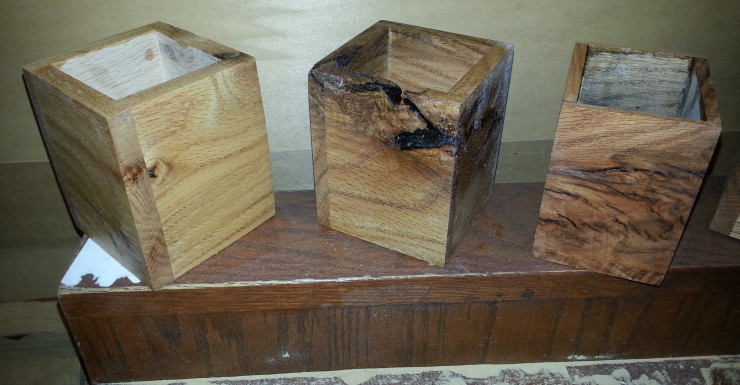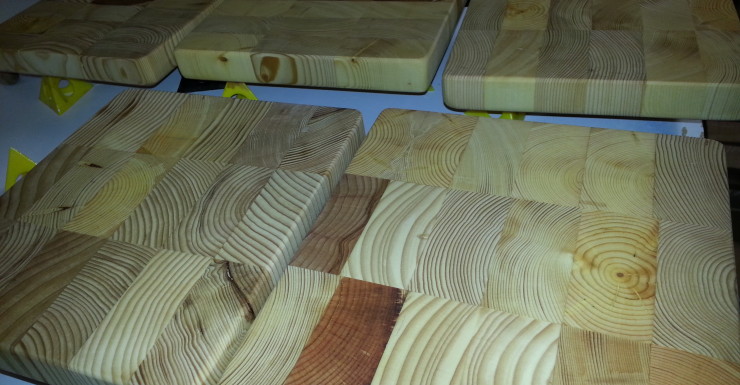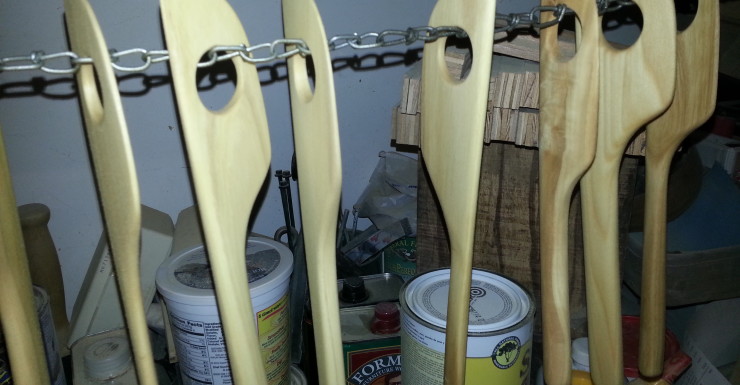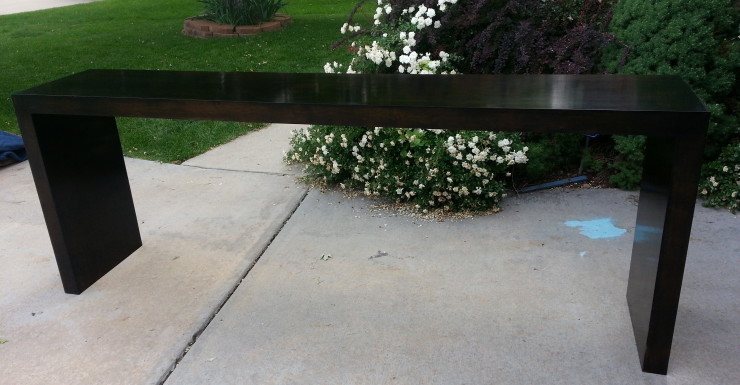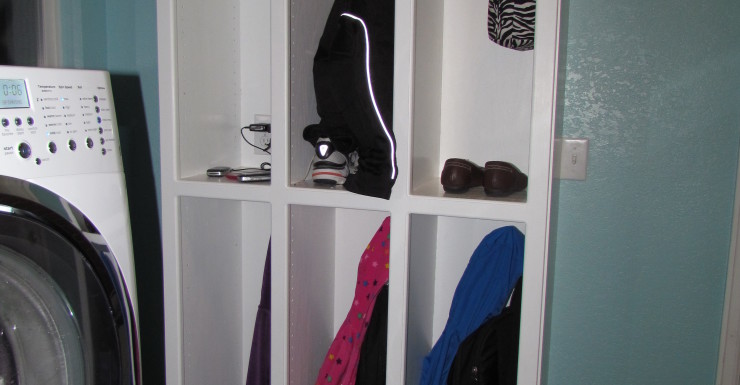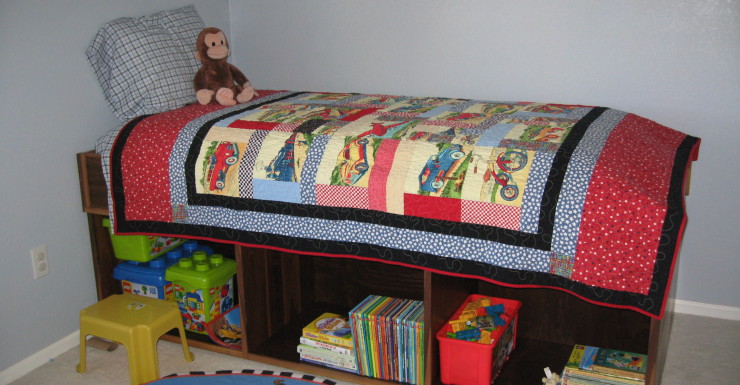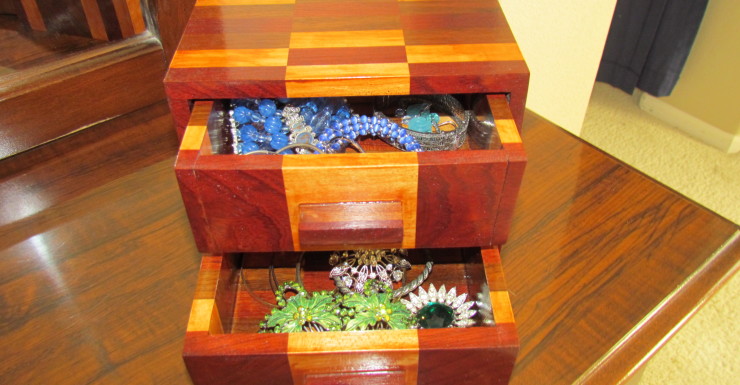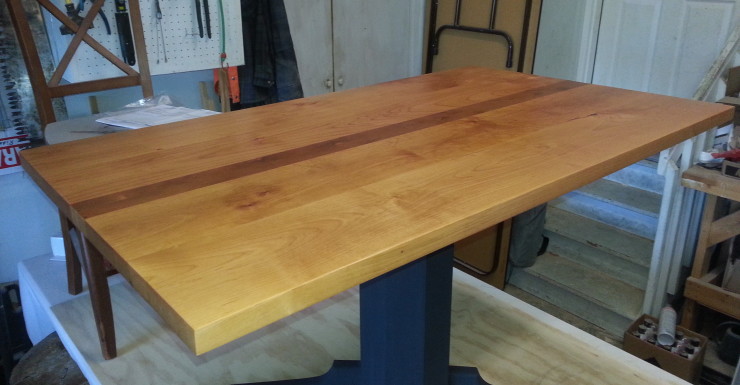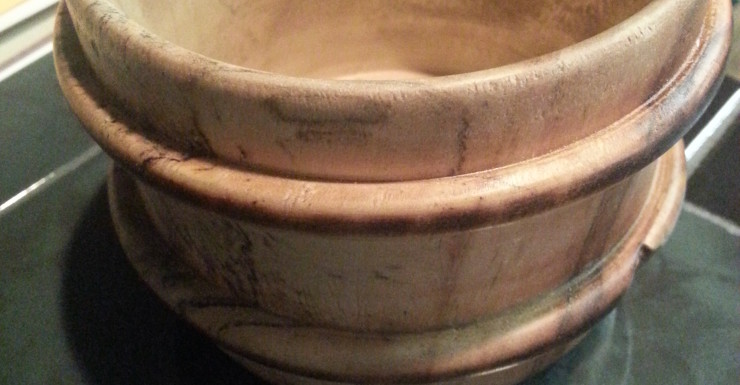Your mom calls you up and chirps happily over the phone, “We’ve got some lovely things for you to take home next time you’re here! Grandma’s dresser and Grandpa’s desk are yours!” You cringe, remembering the pieces she’s talking about, and you know these pieces are old, scratched, dented, rickety, and have that aroma of age about them. You glance about your bright, airy, more modern home and wonder how in the world you can incorporate these items without offending anyone in your family. You get them home, and place them lovingly in your spouse’s side of the garage, or cart them to your basement, and you begin wondering how exactly to sell them to your spouse as anything more than old family pieces of furniture that aren’t ever coming into your home to be used.
Maybe you’re a Flea Market or secondhand/thrift store/garage sale aficionado, always on the lookout for the next great piece of furniture you can bring home and turn into something new. One day, you spot it. THE piece you’ve been dying to get your hands on. That desk, or dresser, or bed frame, armoires, or chest, or rocker, or side table, or farmhouse table that’s been eluding you finally shows up and it’s marked with a price that makes you do your happy dance and pray that your poker face is still intact. You haggle, and you end up with the piece of your dreams and get it home. You’re dreaming of taking off all that old, dirty finish and painting it a lovely shade of lavender, detailing it with hand-painted trailing vines and flowers, or maybe you’ll use a deep teal and accent it with black, and replace those old tarnished knobs and pulls with some plastic ones molded to look like crystals, or maybe some polished chrome to give it a pop.
But wait! Before you break out your stripping agents and sandpaper, or shove those pieces into a dank corner of your basement, realize you may just have a valuable antique piece, or a quality vintage piece that needs special care and attention!
How can you tell a Stickley from a pile of sticks? Or a Chippendale from a chipped mess? How do you know if you should break those rickety joints and repair them so a piece is safe to sit on, or if you should paint or stain it afresh?
Let’s look at some of the ways you can determine whether or not your piece is a good one to restore, refinish, repair, stabilize, or simply do your best and let it last as long as possible.
What is your piece made of?
Looking for solid wood, not particle board with veneer is a good place to start. Most pieces manufactured prior to the 1960s were made using solid wood, with plywood backers, as opposed to more recent pieces, which often used laminates or particle board covered with veneers. More recent pieces can be stabilized and used again, but there’s not much need for anything special, other than an awareness that you can damage the veneer with sanding. Feel free to have your way with the painting and decoupage on those items. If, however, your dresser is made of solid wood, take a deeper look, and determine what kind of wood was used, and how the piece was constructed. If you have any manufacturer’s labels, those are a great source of information – pencil marks inside the drawers can often indicate a piece that was made prior to the 20th Century. Paper labels were used at the early part of the 20th Century, then replaced with brass plates that were often tacked inside a drawer or on the back of the piece. Stencils came into play and are the most current way for a manufacturer to label their work. The older labels and plates provide not just the manufacturer, but often their address, and a date, giving some unique history to your piece – retain these, and DON’T cover them over with paint or stains and finishes. If your piece has a random scrawl in a drawer or on the underside or back of a piece, check the joints to see how they’re made.
How is your piece constructed?
If your piece has drawers, take one out and look to see if there are dovetails. These beautiful, interlocking joints were widely used until the late 50s, when manufacturers began using simpler, less stable joint to save time and money. The earliest pieces have hand-cut dovetails, often with the pins being thinner, and often aren’t uniform in size. If you see something like that, consult an expert about your piece as it could be from before the 1890s, and be more valuable in its original finish than if you were to refinish it. If you see dovetails that have fairly equal sized pins and tails, that are uniform, your piece is often more recent – the 1890s to the 1950s or so, and is a good candidate for refinishing. Still consult an expert to verify whether or not the designer of the piece is one that may add value to your piece. Some designers names are highly sought after and very valuable. No drawers? Look for square nails and/or pegs at the joints as these were often used in the earlier periods, and often indicate value. Bowties on visible surface joints can also be an indicator that a piece was hand made and is older. That said, keep in mind that there are some current companies using these materials, so follow your gut.
Pieces made of cherry or beautifully figured maple were prevalent in earlier furniture building periods – look at the wood’s color, and figuring (or the pattern made by the tree’s growth) to determine the age.
What type of hardware is there?
Solid-cast brass or solid wood often indicate a much older piece. Many styles exist, so do a little research to determine if you’ve got a Chippendale or Hepplewhite, or other well-known style.
Marble-topped dressers and those huge beds with giant headboards and footboards are almost always Victorian. Dressers with mirrors that have harp or stand on which the mirror hands, attached to the dresser are generally from the 20’s, whereas a separate wall-hung mirror is generally the 40s or later. Pieces on casters are usually pre 1920s.
After all that information, what do you do? Should you let that Victorian bed sit around, scratched and falling apart? Not necessarily. The key is to determine the motive behind your desire to change things. Do you want a valuable piece? Then find an expert to help you stabilize the piece so it’s safe to have around and still use. Do you want a piece that’s usable for everyday? Then move forward with a refinishing. Want a piece somewhere in between? Then ask to have it restored.

